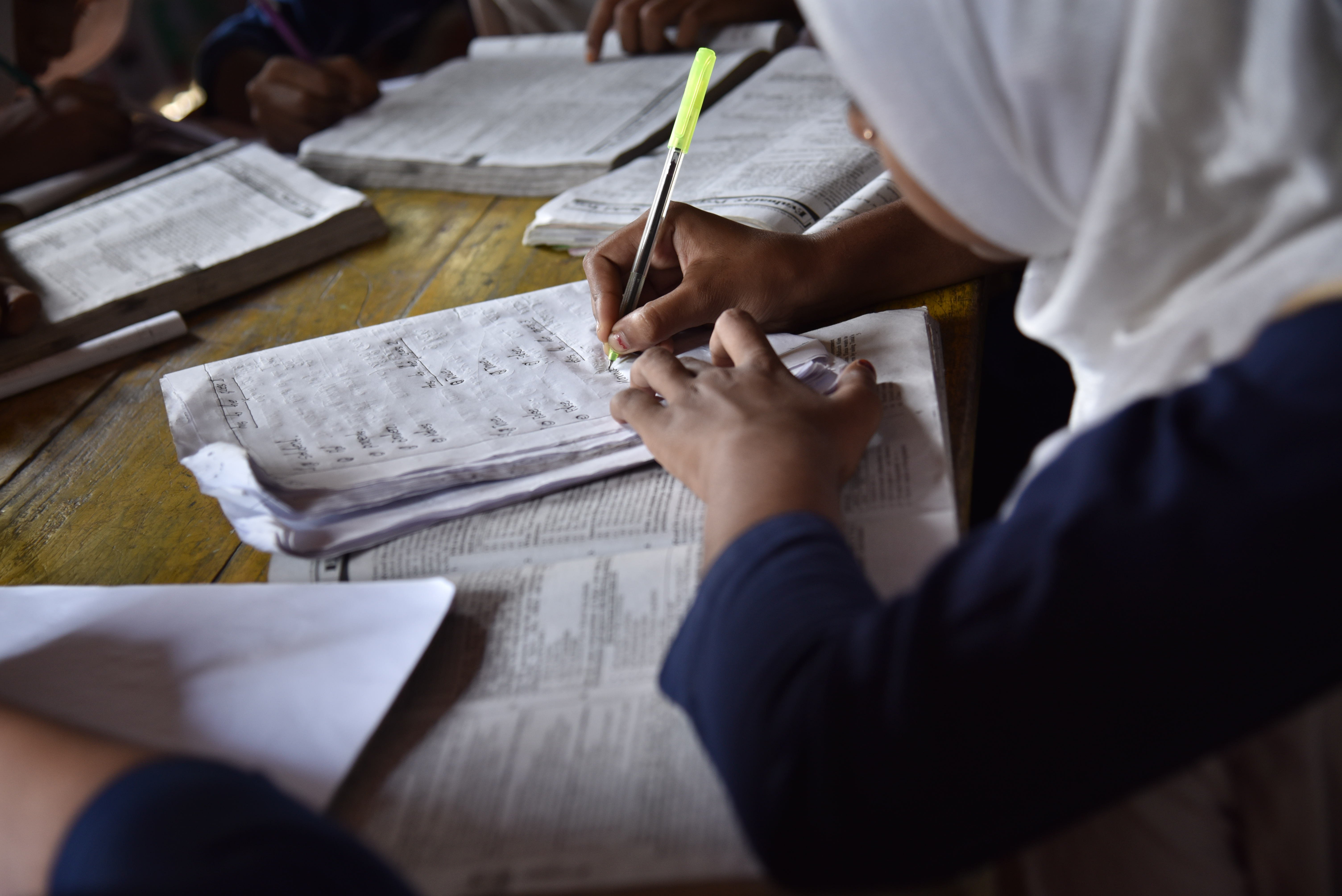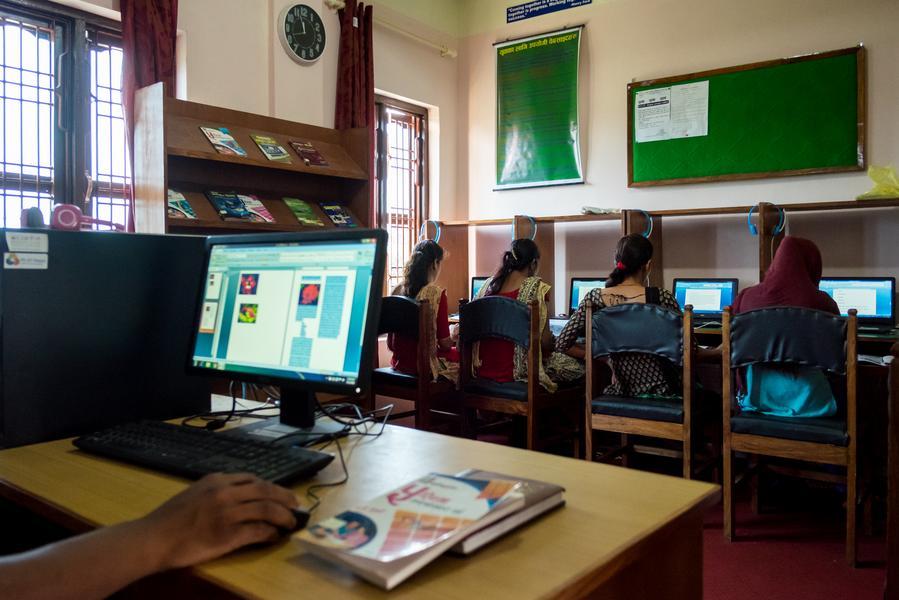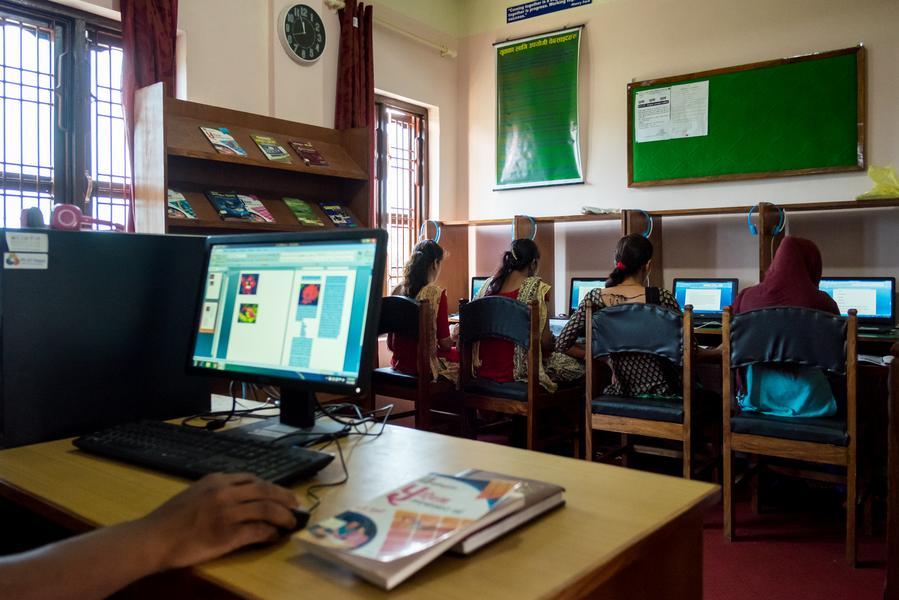Context and Issue
According to a World Bank report, Colombia's rural areas have faced serious educational difficulties since the 1970s. Children in rural areas had little access to education, dropout rates spiked, and teachers lacked the necessary training for passing on knowledge because of the cycle of poverty and restricted possibilities. Unfortunately, multi-grade classrooms were and still are widely used in the entire country to prevent illiteracy because of the limited resources.
Solution
In 1976, Colombia's Ministry of Education introduced the Escuela Nueva (New School) program to solve these problems. The program's goal was to increase access to education, especially for people who live in rural areas. A curriculum reform was implemented, parents were urged to get involved in school activities, libraries and study areas were constructed and made available to the community, and instructors received workshops and intensive training to enhance their pedagogical and digital skills. It is thought to have been the largest educational initiative in the nation at the time.
Impact
Escuela Nueva was the first and most important educational reform in take place in the country. By 1990, the initiative reached 17,948 schools, serving over 800,000 students and significantly increasing rural enrollment from 20% to 60%. Dropout rates decreased by approximately 7% and the number of students increased by 45.6% in rural schools and participation rates increased from 20% to about 60%.












